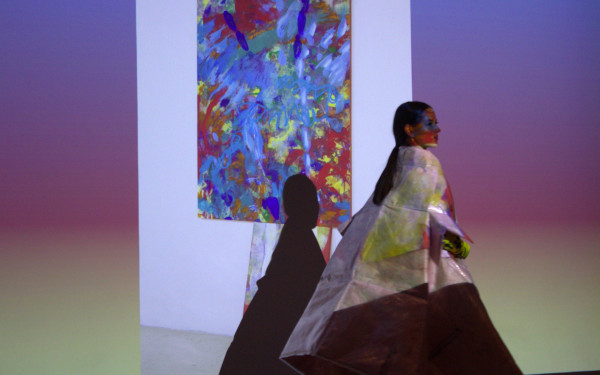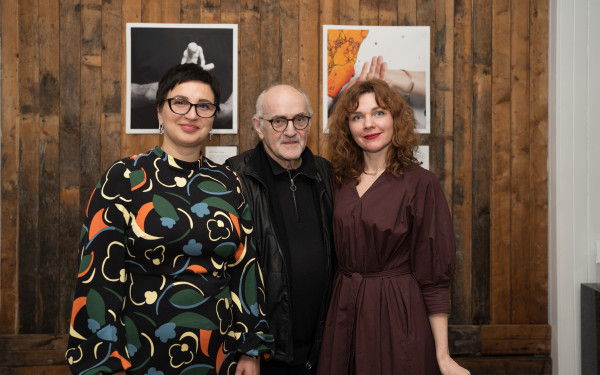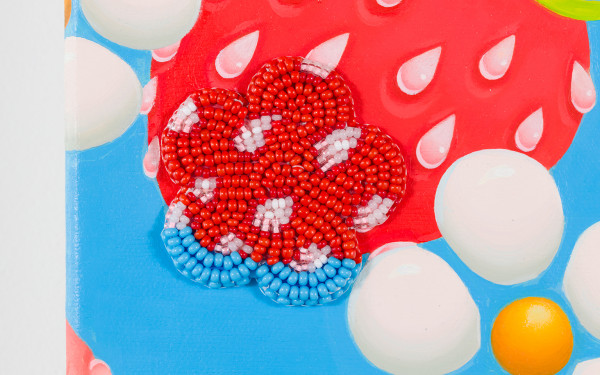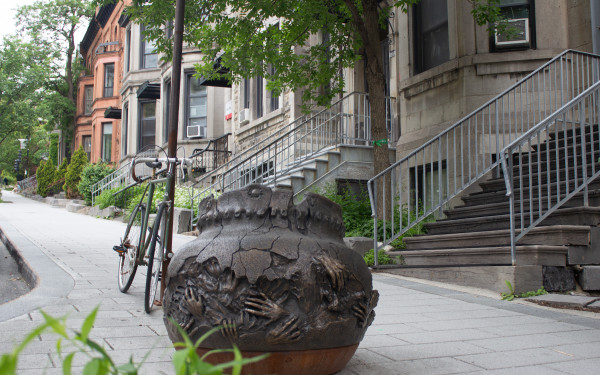Manasie Akpaliapik transforms Inuit legends into art
The McCord Stewart Museum showcases its new exhibition, Inuit Universe
On Oct. 2, the McCord Stewart Museum held the vernissage for Inuit Universe, a new exhibition featuring the work of renowned Inuit sculptor Manasie Akpaliapik. The exhibition, which officially opened to the public on Oct. 4, highlights over 40 years of Akpaliapik’s career.
Originally presented in the summer of 2021 at the Musée national des beaux-arts du Québec (MNBAQ), the show was curated by the MNBAQ’s early art curator Daniel Drouin. The MNBAQ and McCord exhibition teams have since been adapting the exhibition between 2022 and 2024 to showcase Akpaliapik’s work for a Montreal audience. After missing the original 2021 showing due to illness, Akpaliapik was able to attend the exhibition in person on Oct. 2 for the first time.
“It was very moving to listen to [Akpaliapik] as he toured the exhibition, to hear his stories and testimonies, which are such an integral part of his creative process,” said Anne Eschapasse, president and chief executive officer of the McCord.
The exhibition features 40 of Akpaliapik’s sculptures, crafted from raw materials such as whalebone, caribou antlers, walrus tusks, musk ox horns and found minerals.
To collect these materials, Akpaliapik returns to his home region of Irpiarjuk on Baffin Island, Nunavut every summer, where he roams the beaches with the help of his family and community. At the end of the season, he heads south to his studio in Cobourg, Ontario to begin sculpting.
Akpaliapik doesn’t plan his works, choosing to let them emerge spontaneously, allowing his materials to guide him and honouring the relationship between human and animal.
The resulting works are poetic and proof of Akpaliapik’s creativity and carving dexterity. As visitors walk through the exhibition, white stone faces peek out from the hollow of whale vertebrae. Animals and humanoid figures take on a supernatural form with additional limbs made out of antlers, doubled heads and amorphous, organic bodies. The titles reference traditional characters from Inuit myths, like the sea goddess Talilayuq or the Sacred Owl.
“Everything I am doing is trying to capture some of the culture of our traditions, about simple things like hunting, wearing traditional clothing and using legends,” Akpaliapik said.
Akpaliapik first learned to sculpt by watching family members. After the tragic death of his first wife and two children in a fire in 1980, the hammer and chisel provided Akpaliapik with an outlet throughout this and many other difficult moments in his life, including a cancer scare and alcoholism.
“Sculpting brought me back to life,” Akpaliapik said, now nine years sober. “It helped me heal.”
In addition to his sculpting, Akpaliapik is also a drum dancer. To open the exhibition, he performed three Inuit drum songs. From ages 12 to 16, Akpaliapik lived in a residential school in Iqaluit where Inuit culture and beliefs were forbidden, preventing him from playing the drum or singing in his native tongue, Inuktitut.
“When I was growing up, it was hard to see what we could be proud of in our culture, but as the time goes by, I can see there is a lot to be proud of,” Akpaliapik said. “I feel that the only way we can preserve [Inuit] culture is if people see it.”
“Maybe 95 per cent of visitors who will show up in this room will have no idea what Inuit art is [...] and they will be confronted for the first time by a true Inuit culture,” Drouin said. “There is a form of learning that is undertaken by visitors as they take in the force and strength of [Akpaliapik]’s art.”
Inuit Universe will be on display until March 9, 2025.


_600_832_s.png)




